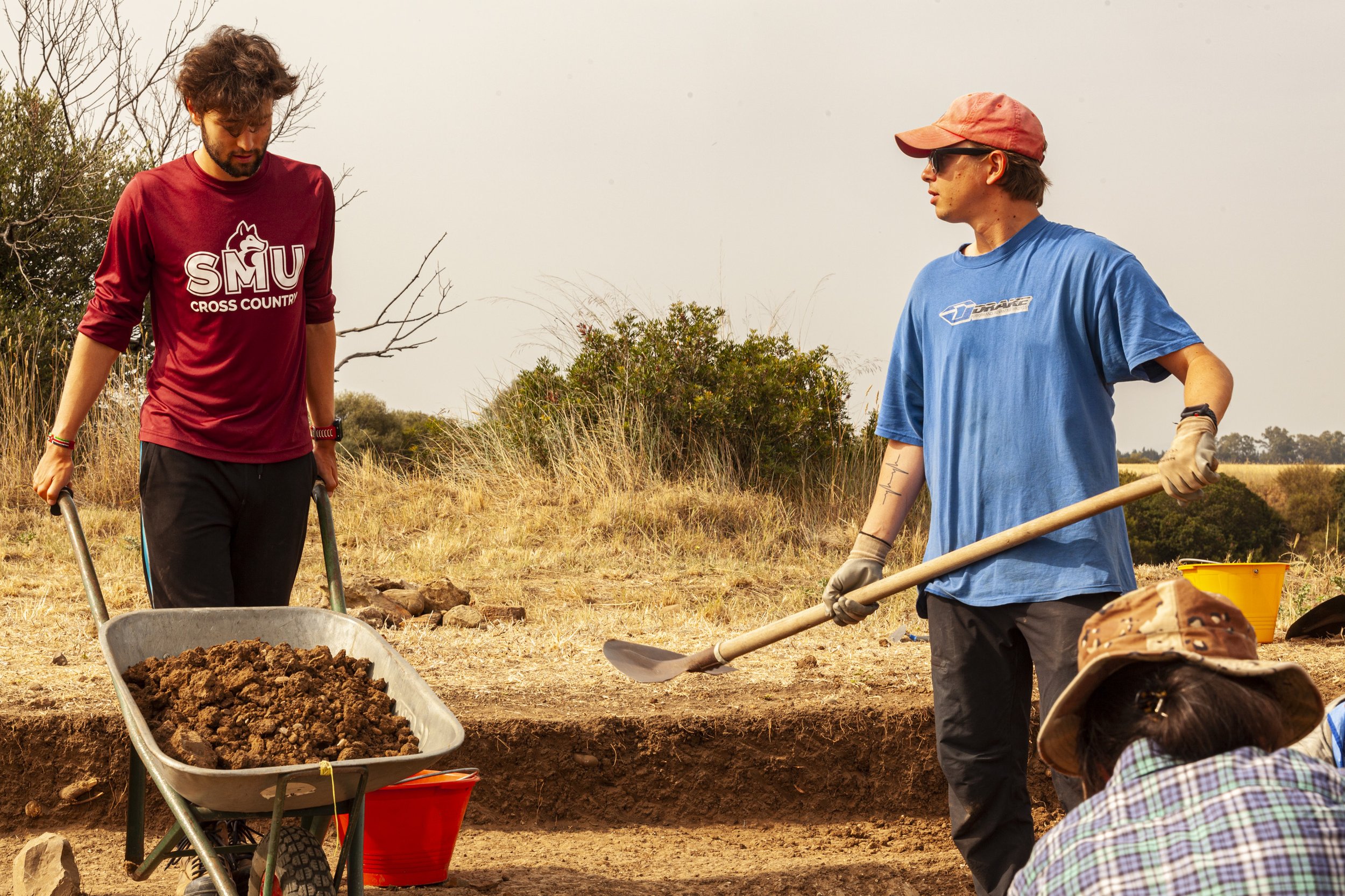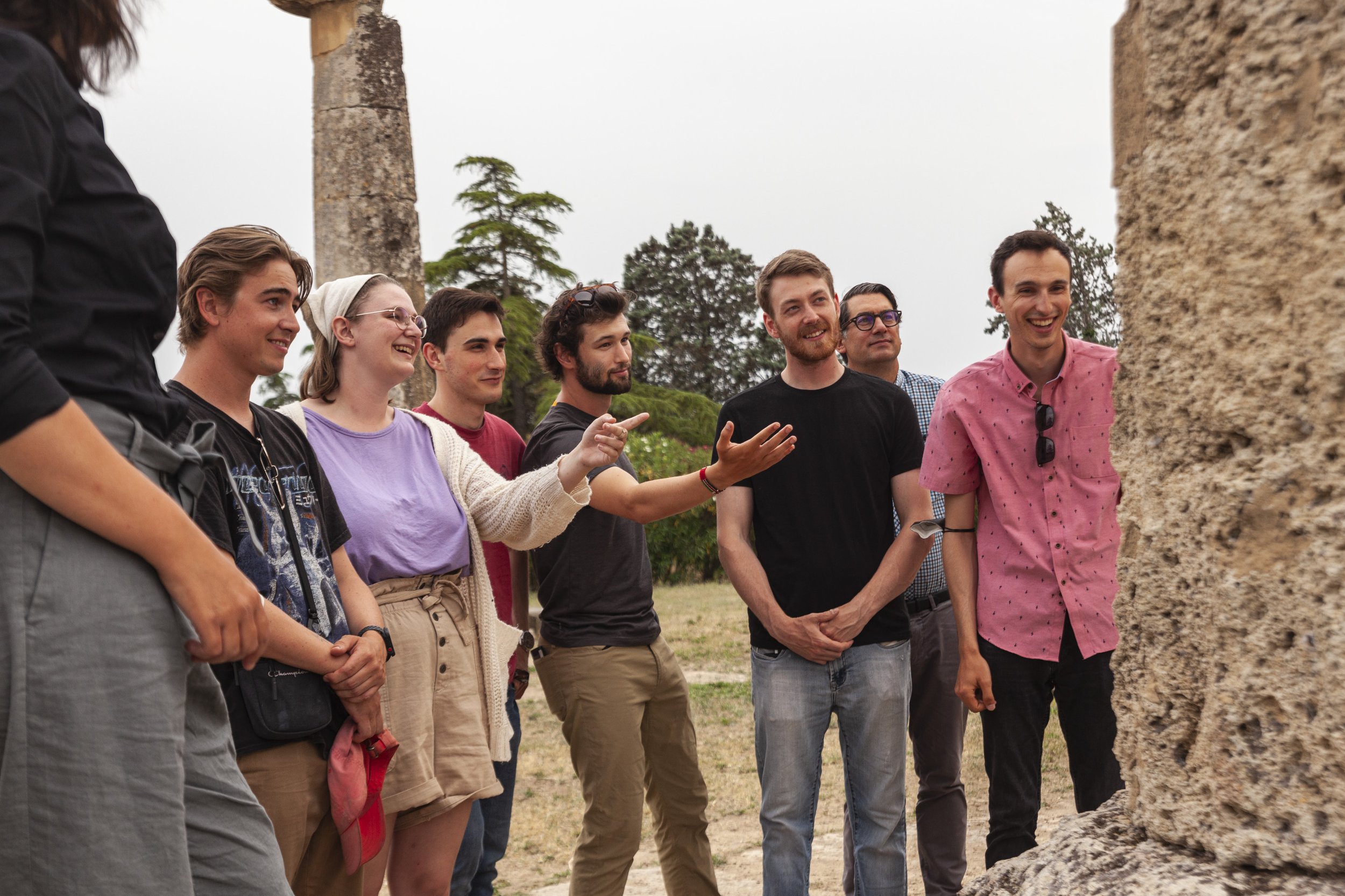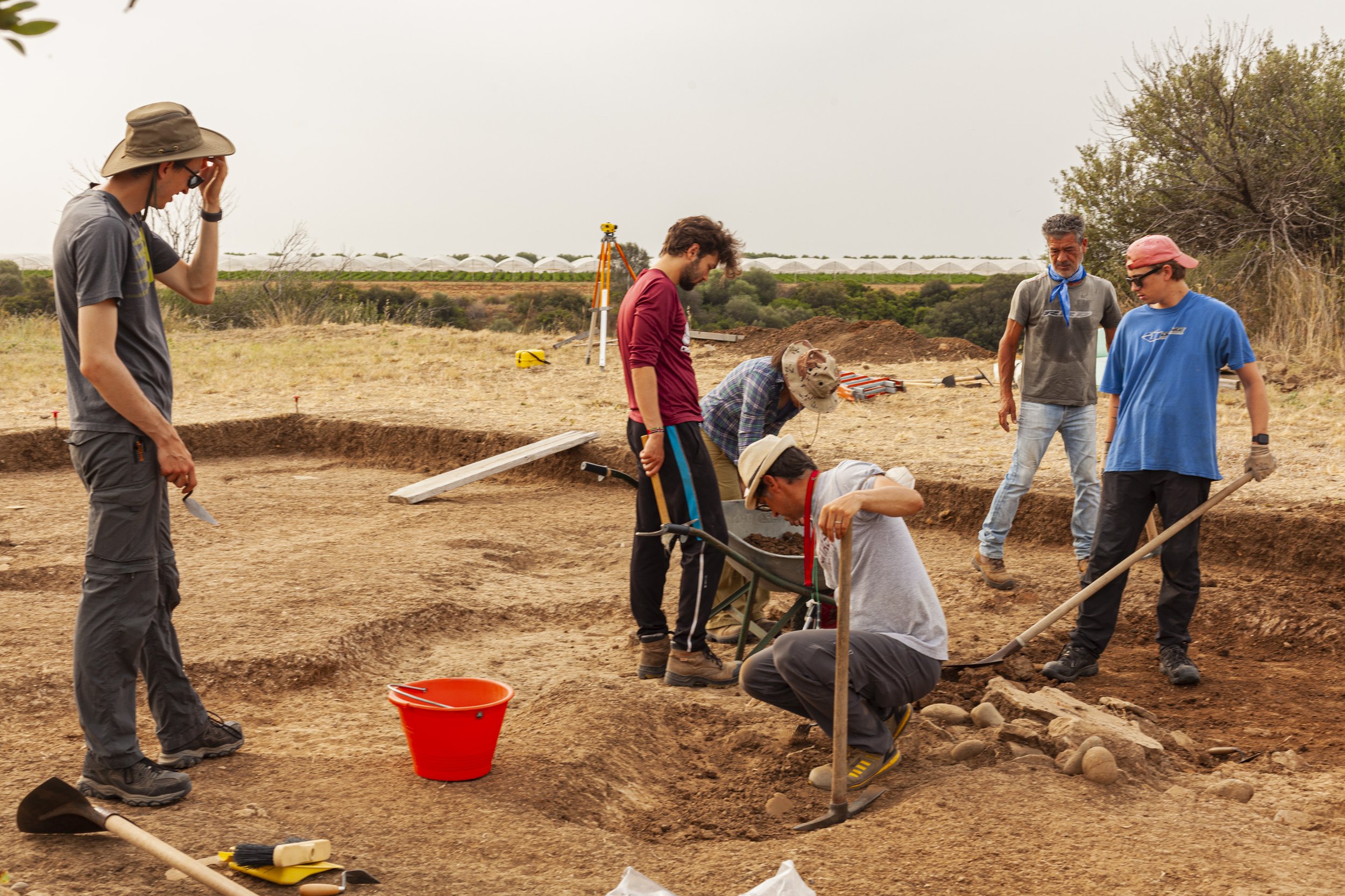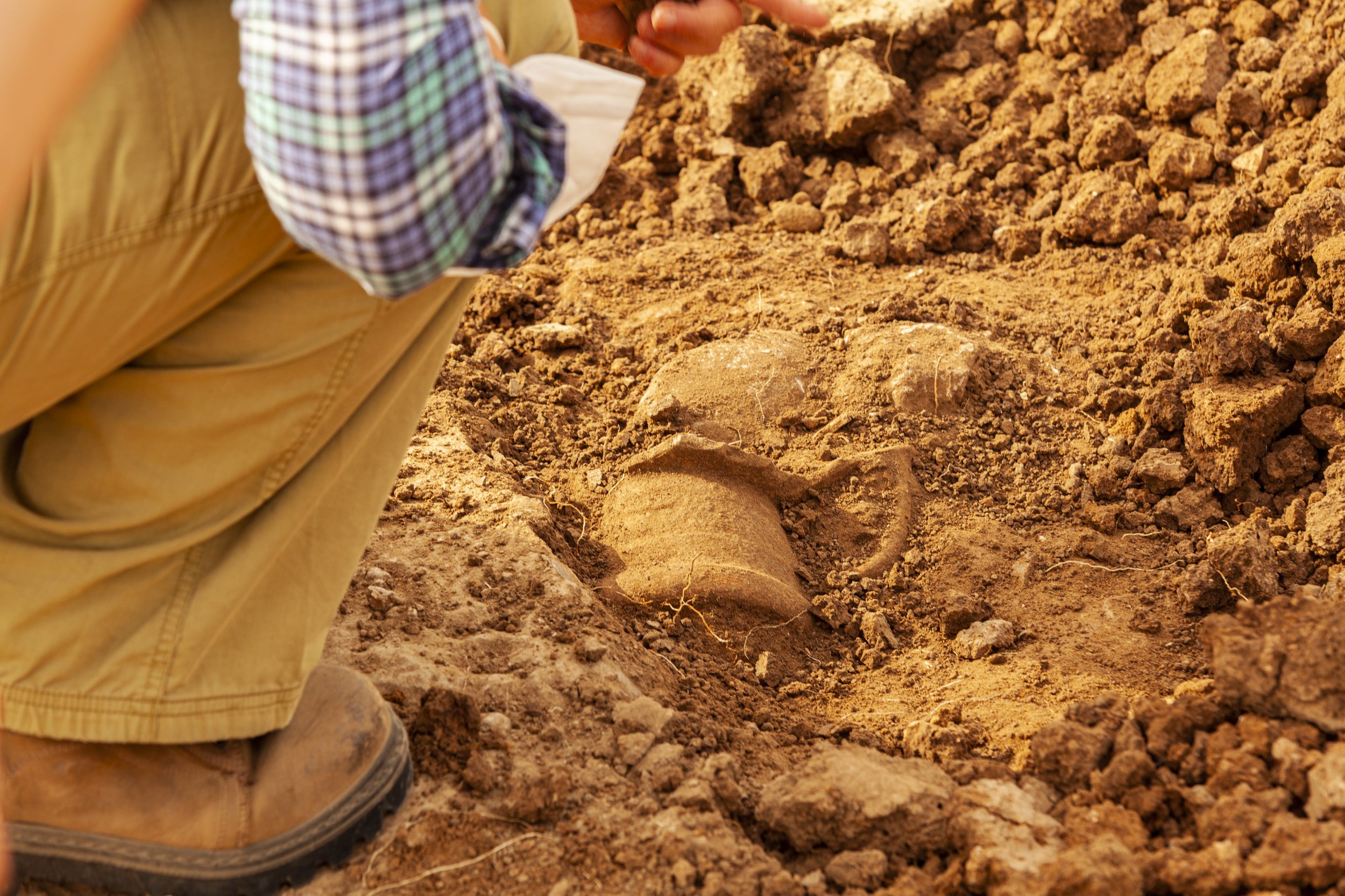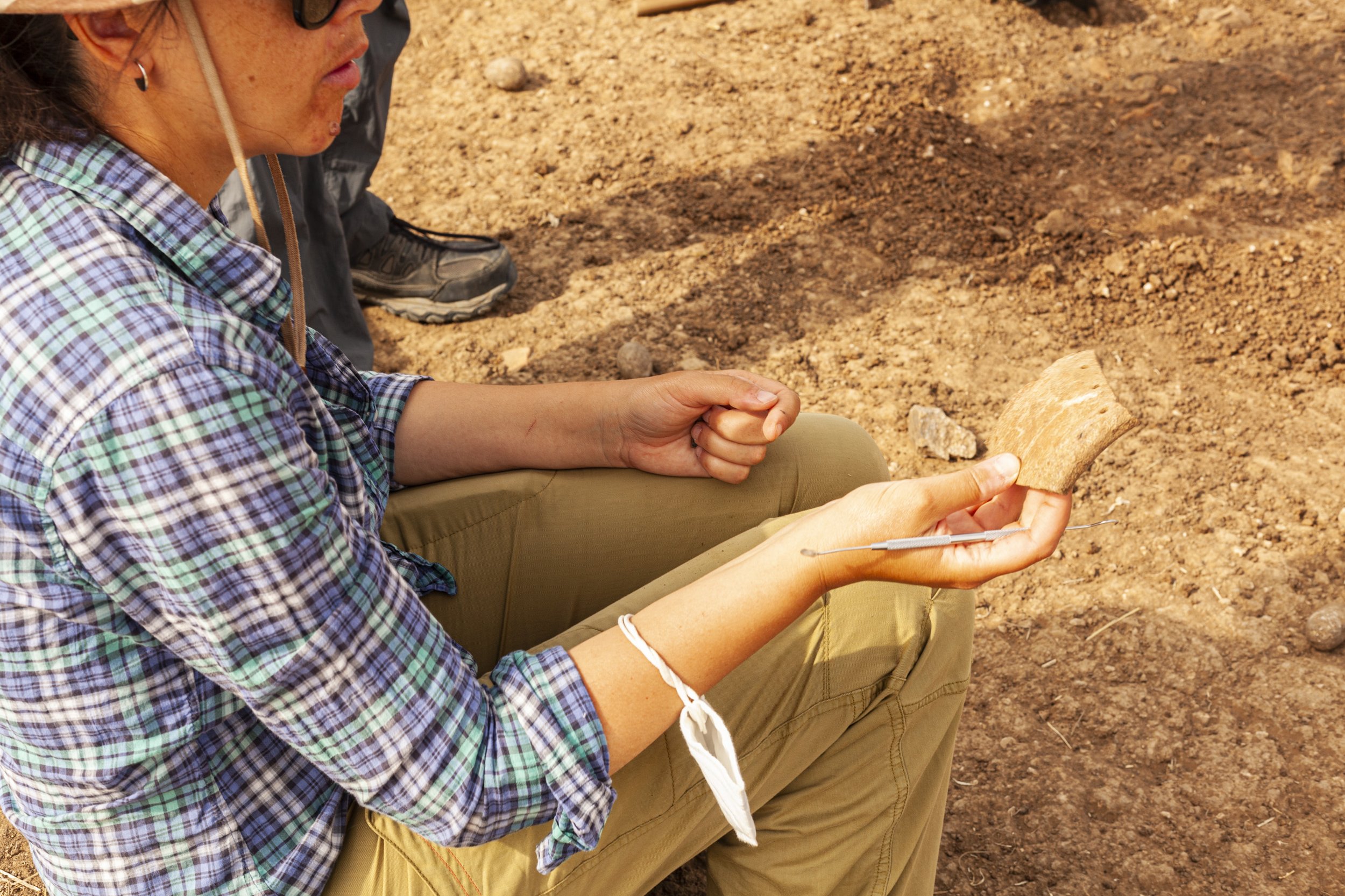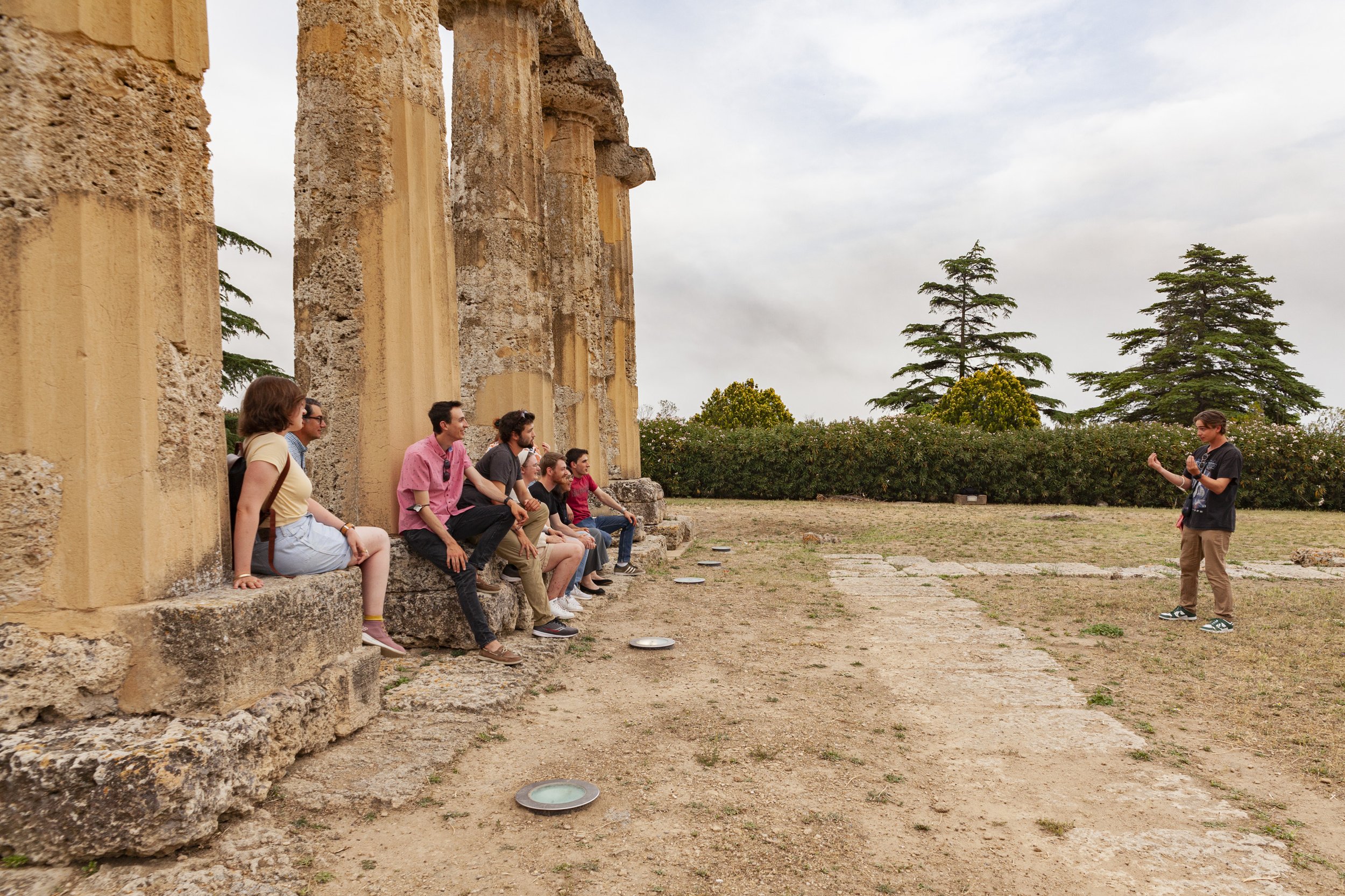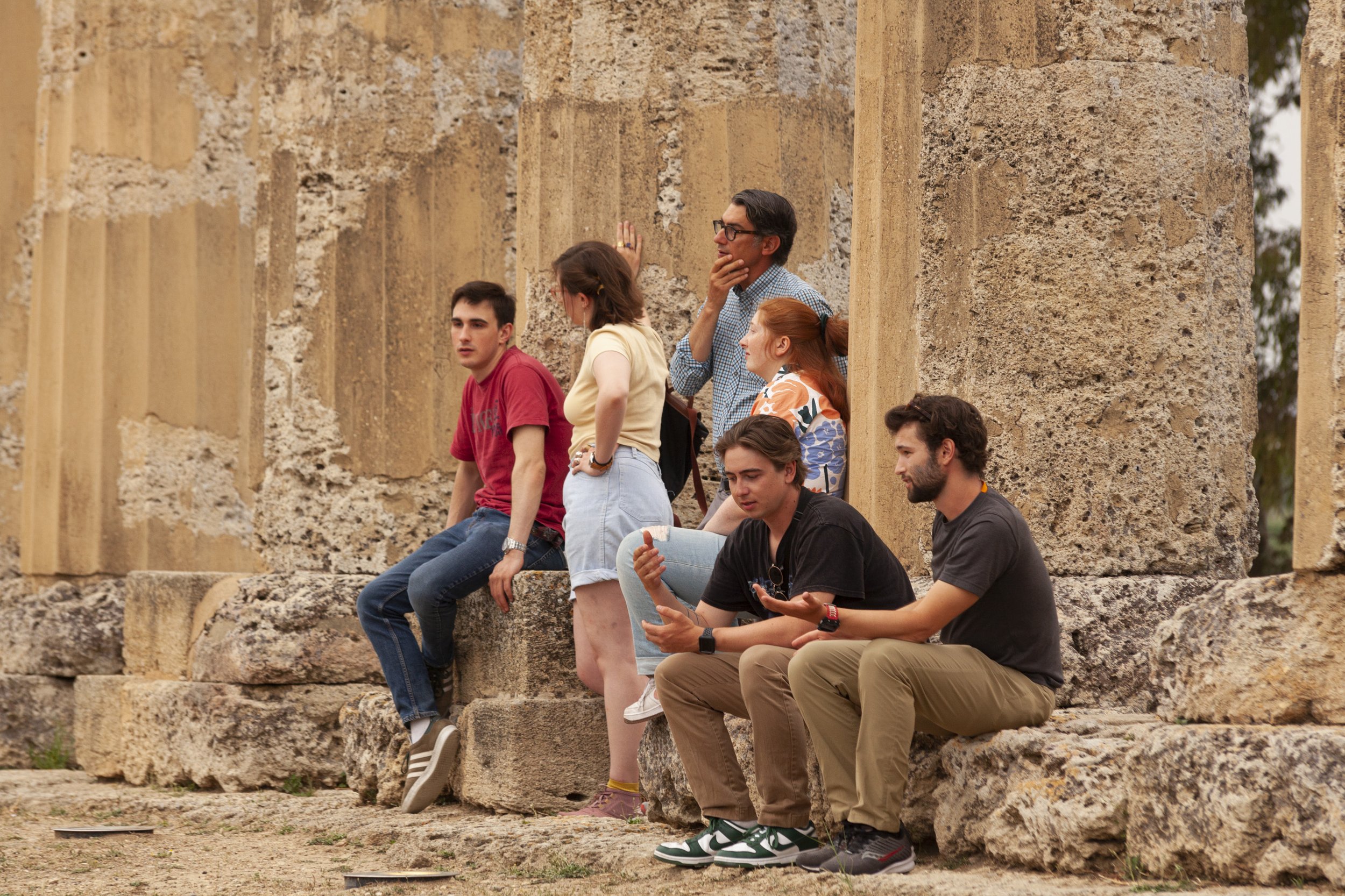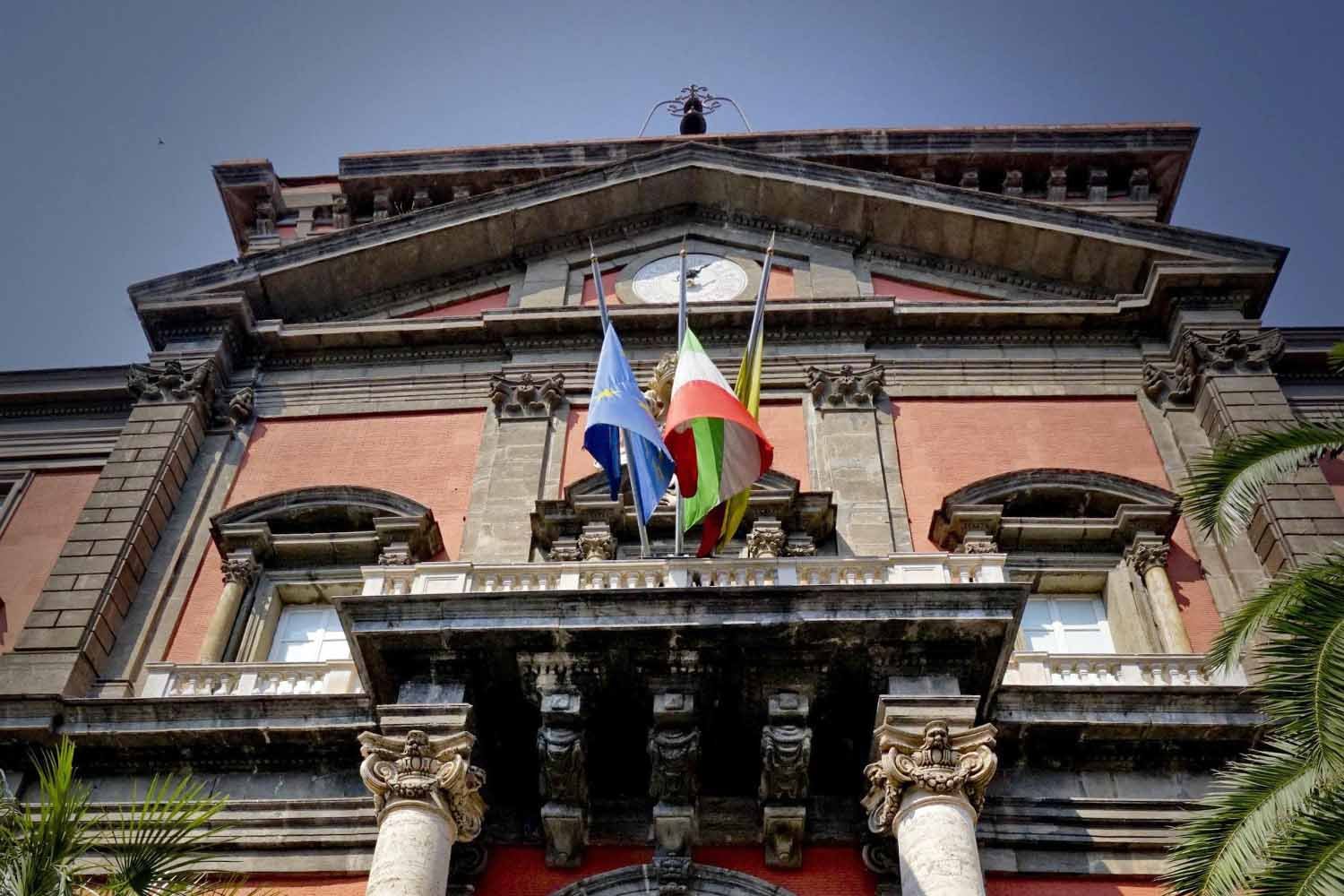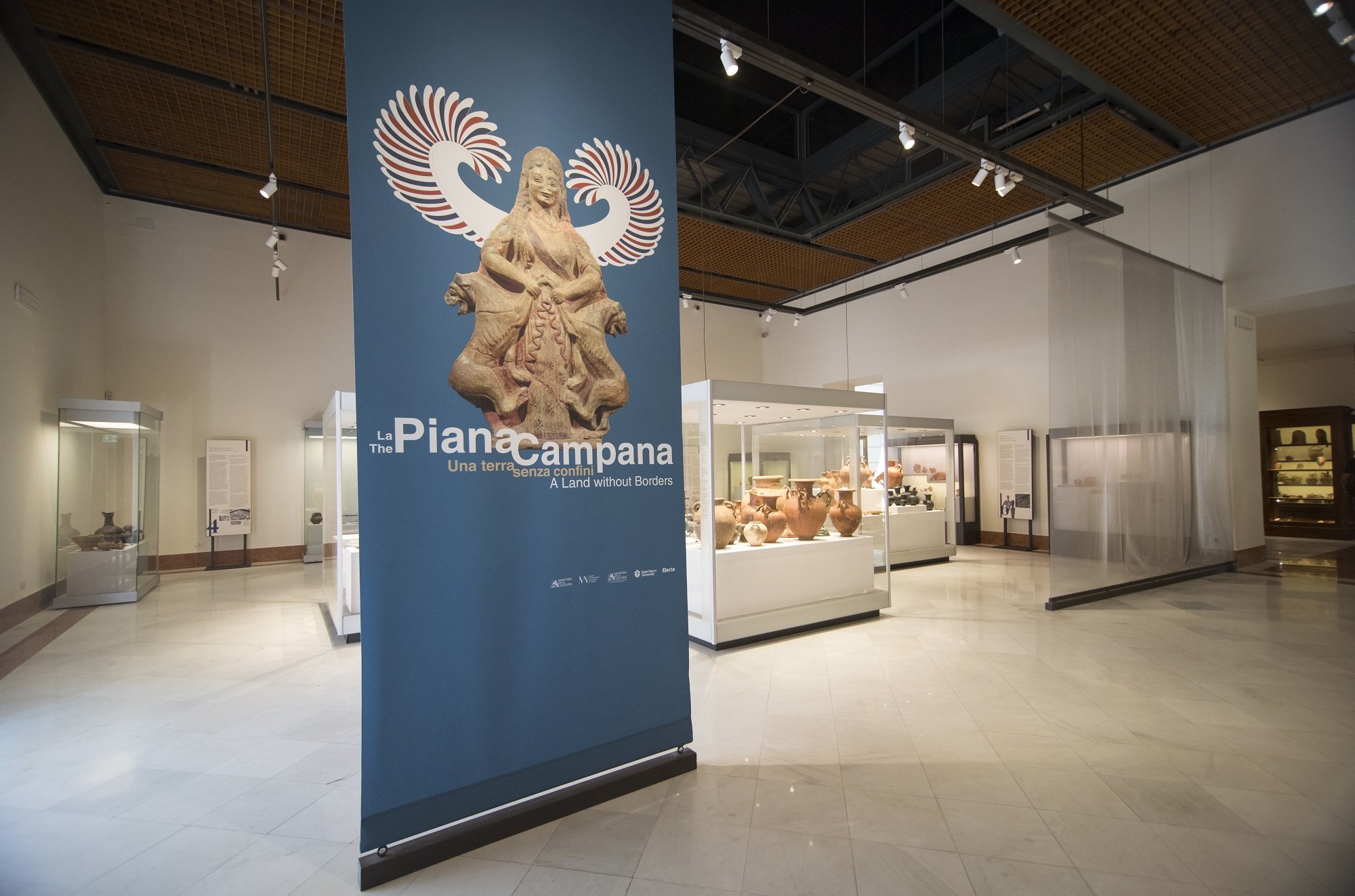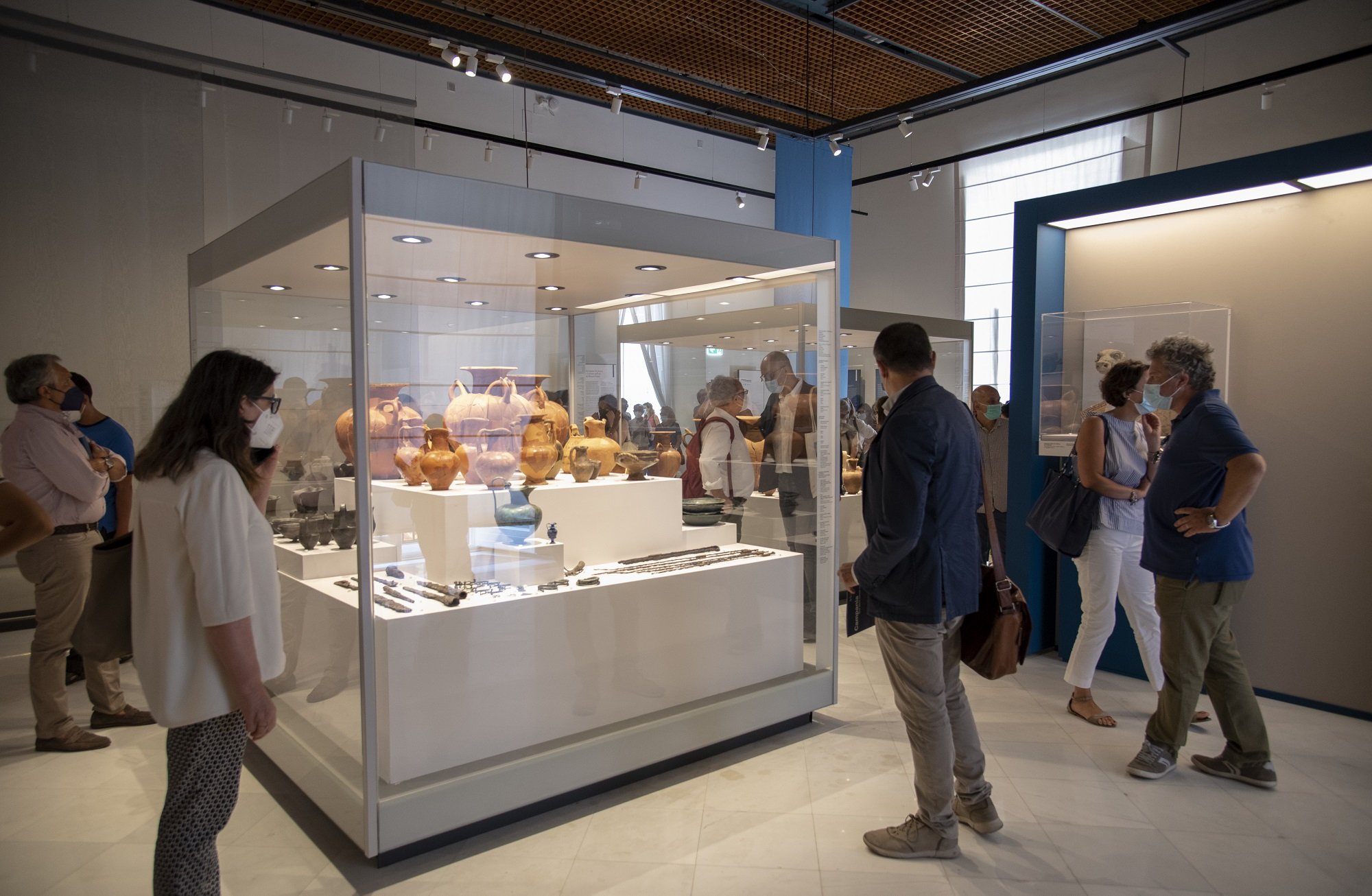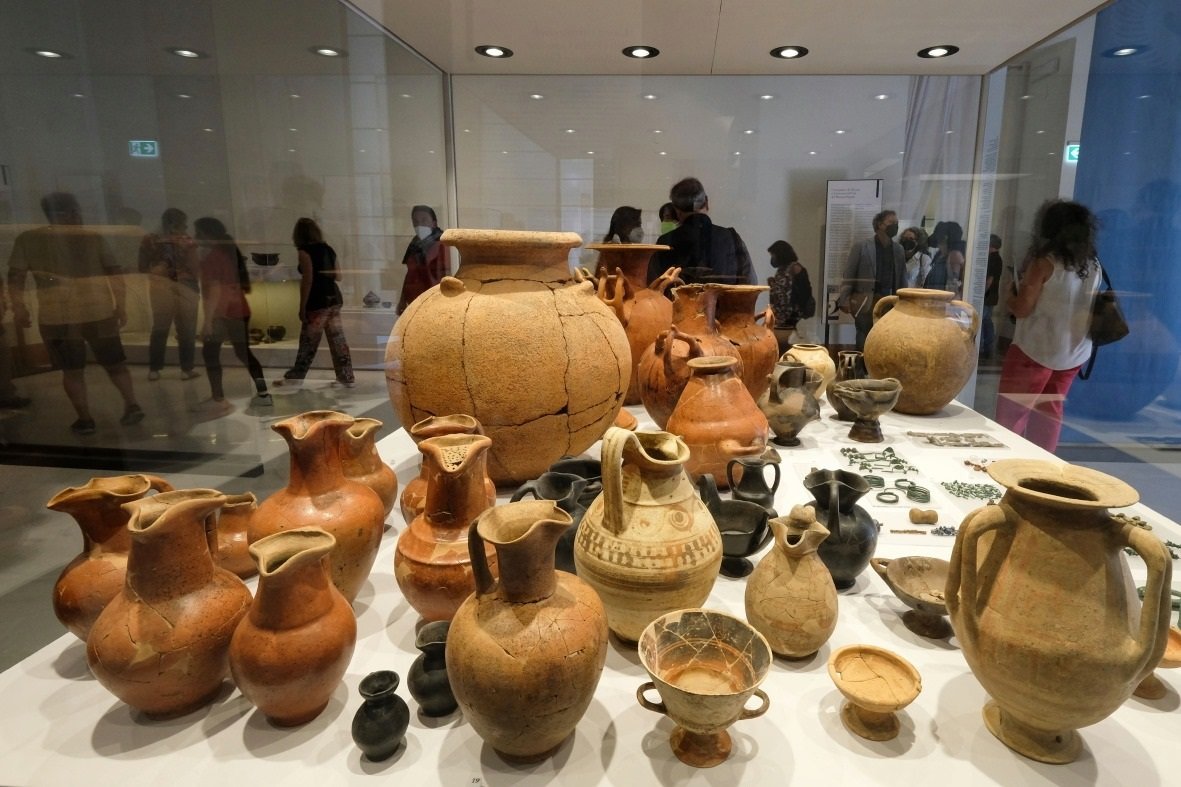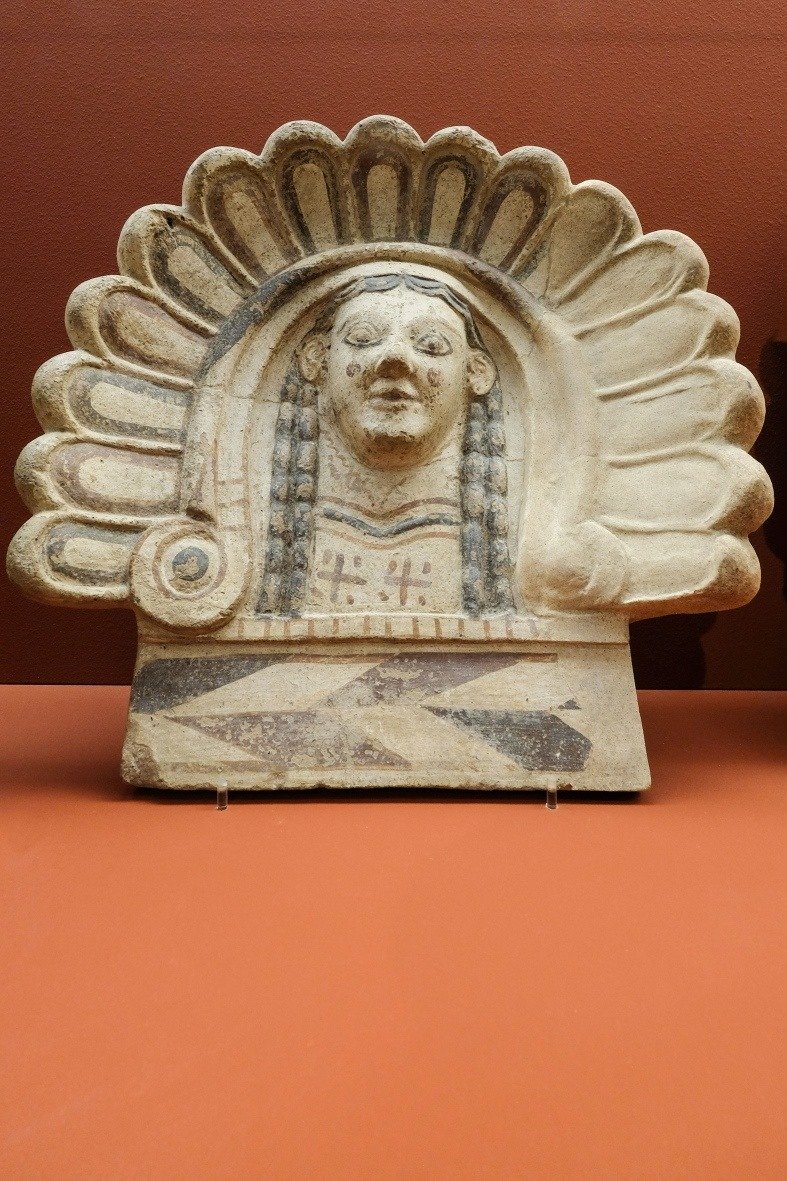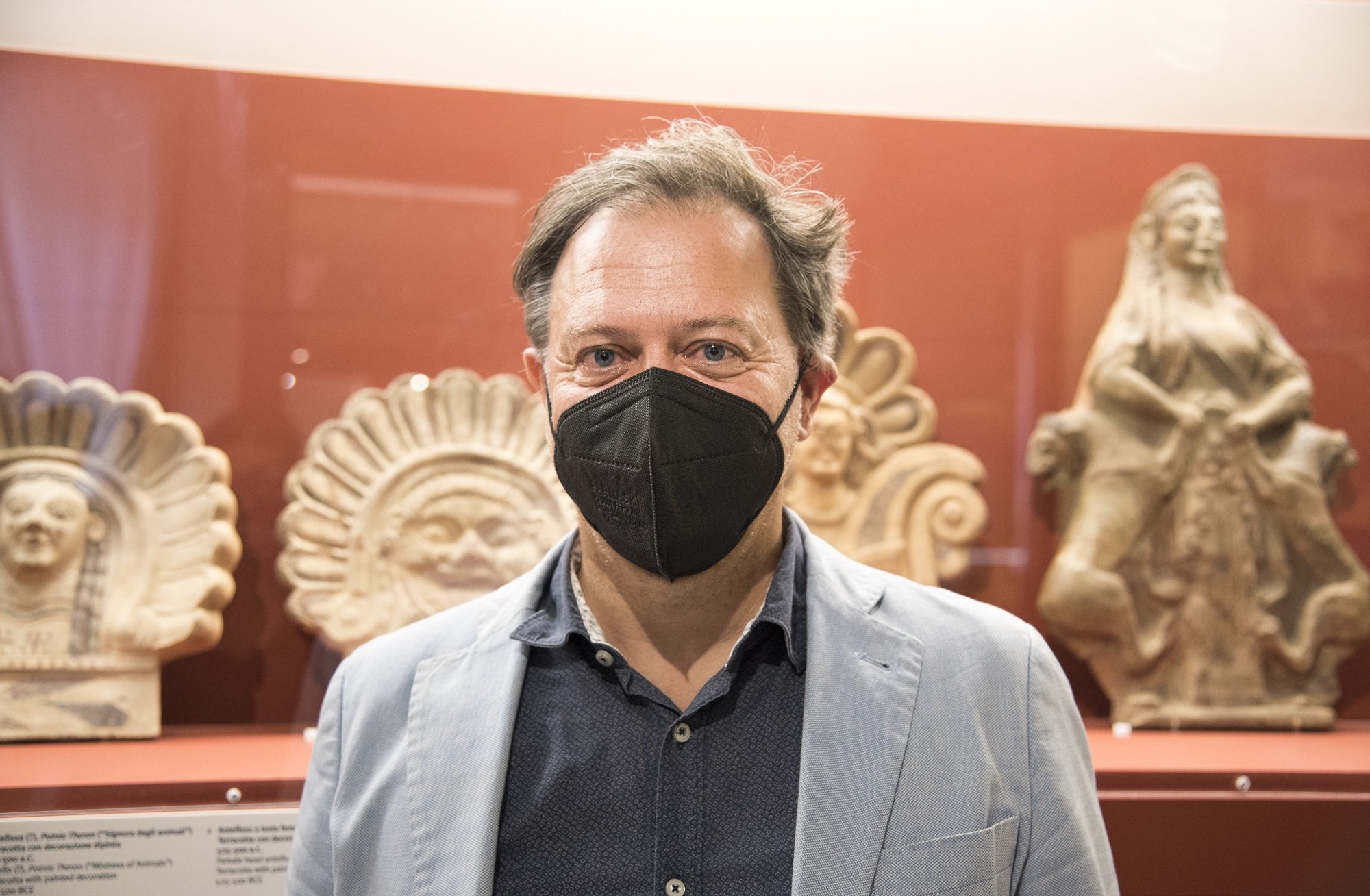To see the change, you need to be the change. This is the mentality that Dr. Vurain Tabvuma, Sobey Professor in Management, and his PhD student Katelynn Carter-Rogers BA’11 CertHON’12 MSc’15 bring to their teaching and research practices. Their research, focused on understanding how inclusion within organizations can increase well-being and performance, has been built into the Sobey School of Business Management 1281 curriculum —a foundational course for all Bachelor of Commerce students.
“My research with Dr. Tabvuma has taught me a lot about current practices in organizations and the changes that need to be made to make them inclusive," says Carter-Rogers. "It’s one thing to be included, it’s another thing to feel like you truly belong.”
This addition to the course curriculum reinforces the importance of equity, diversity and inclusion in the minds of tomorrow’s business leaders. This is a big step forward in fostering more inclusive workplaces.
“It’s important that organizations are able and ready to support people who come from very different perspectives, and include people who understand the world in very different ways,” says Dr. Tabvuma.
Did you know? The Sobey School of Business is a proud signatory of the United Nations Principles of Responsible Management Education (PRME) initiative. The school is also one of just two in Canada to be selected as a PRME Champion (2020-23), a leadership group committed to advancing corporate social responsibility in education and research.


